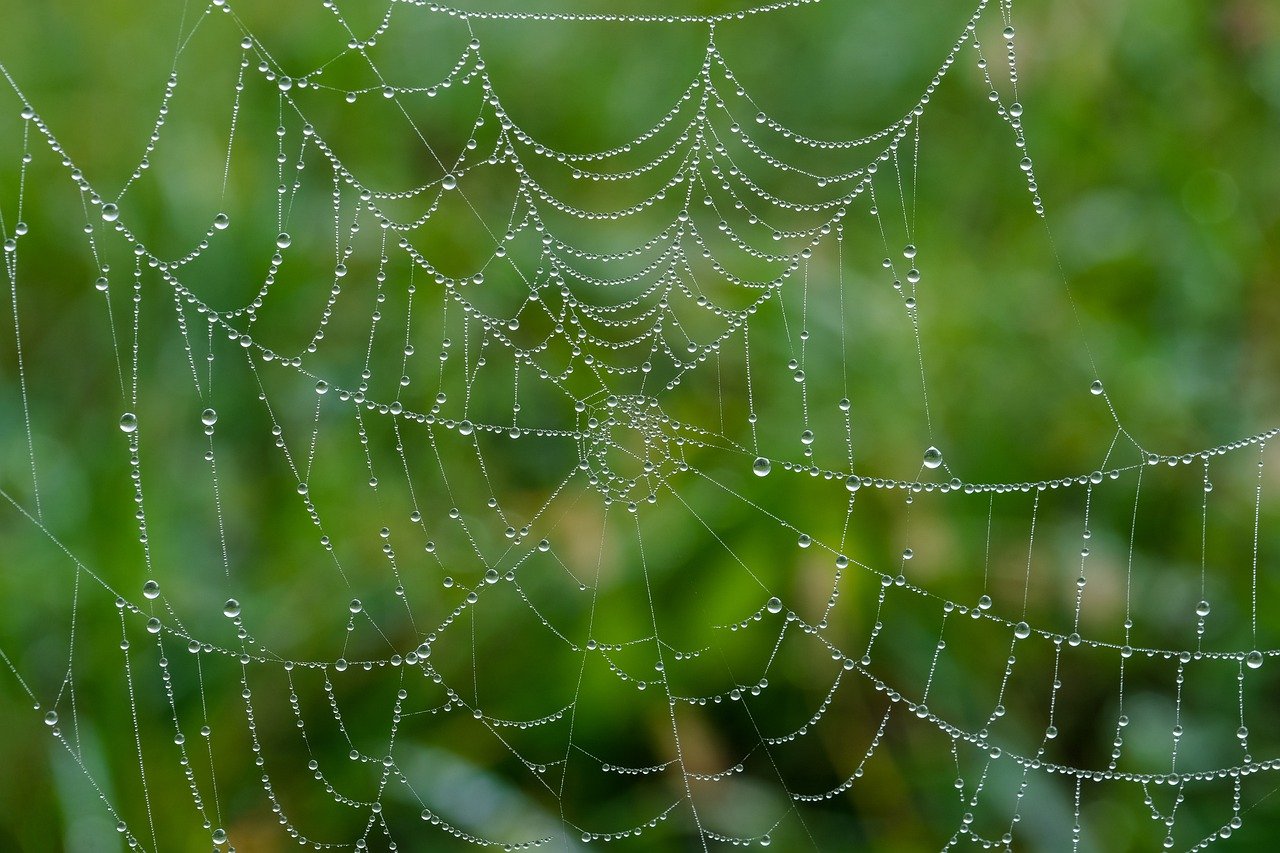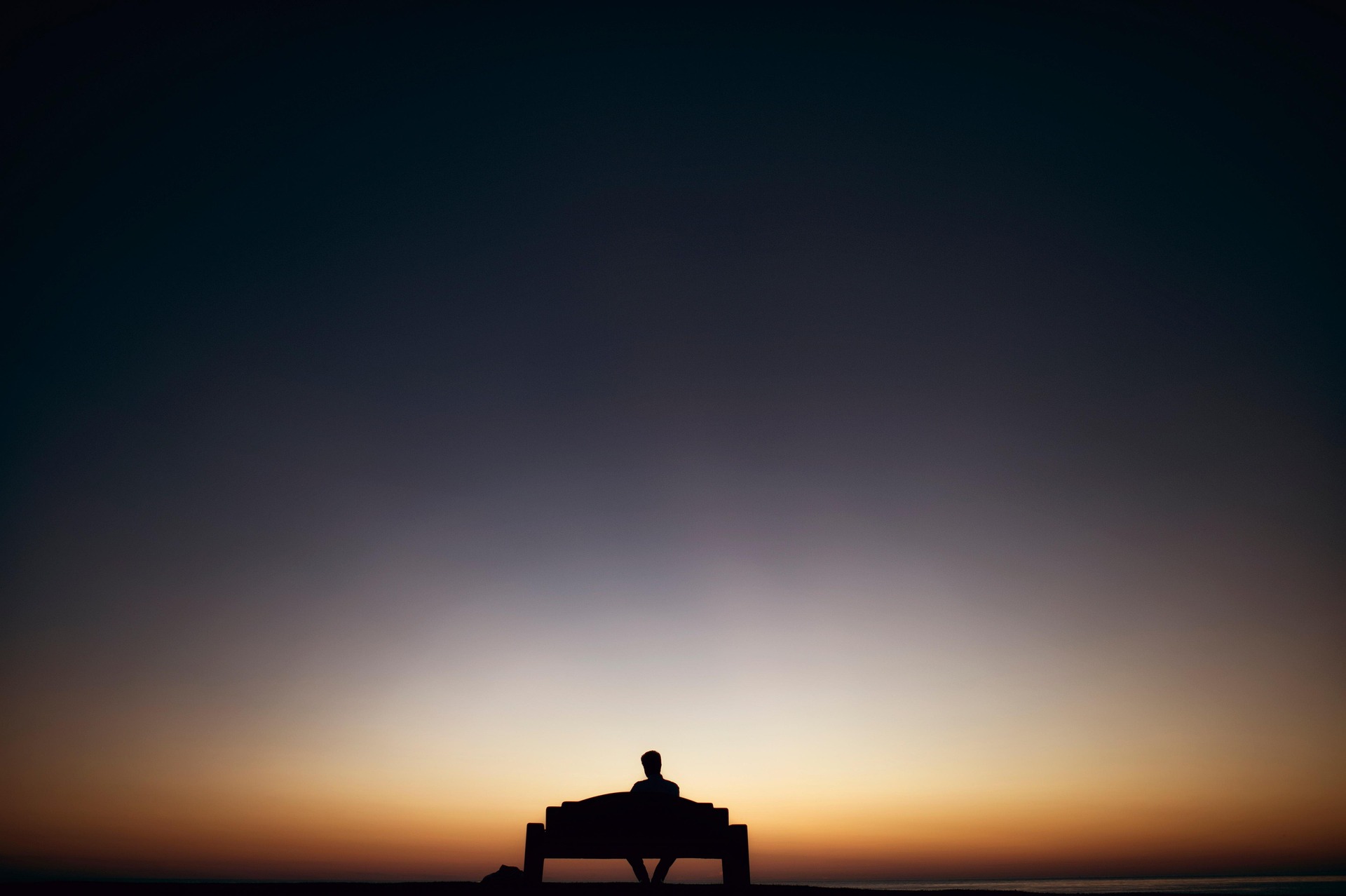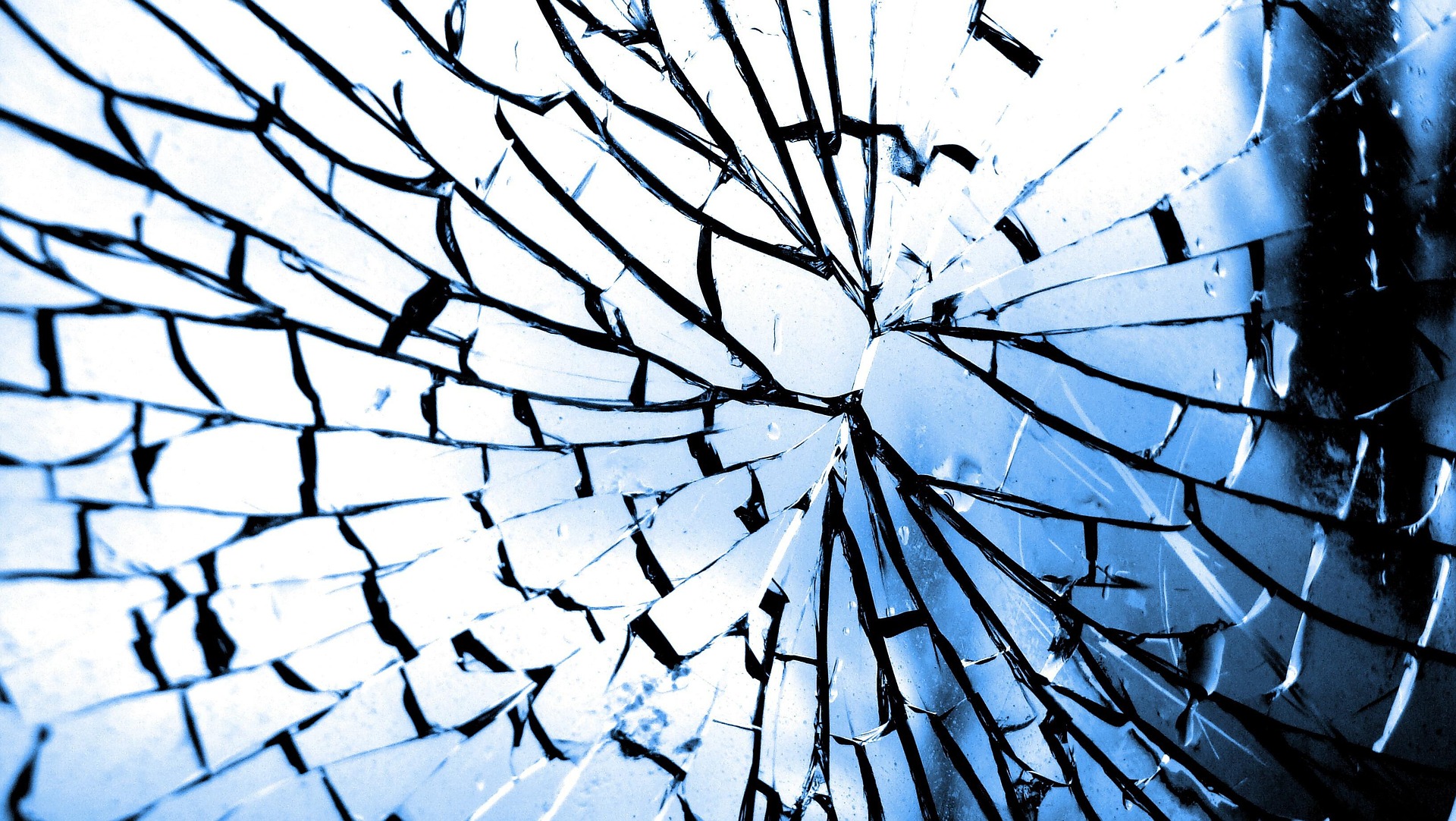From “The Silence of the Soul,” by Laurence Freeman OSB in THE TABLET 10 May 1997.
Our thoughts, fears, fantasies, hopes, angers and attractions are all rising and falling moment by moment. We automatically identify ourselves with these fleeting or compulsively recurring states without thinking what we are thinking. When silence teaches us how unreliably transient these states really are, we confront the terrible questions of who we are. In silence we must wrestle with the terrible possibility of our own non-reality.
Buddhist thought makes this experience—what it calls anatman or “no self” —one of the central wisdom-pillars of its path of liberation from suffering and one of its essential means to enlightenment. The Buddhist practitioner is encouraged to seek out this sense of inner transience and rather than fleeing from it to dive headlong into it, as Meister Eckhart and the great Christian mystics did. Understandably, anatman is the Buddhist idea that others generally have most trouble with. How absurd, how terrible, how sacrilegious to say that I don’t exist. In fact, most Christian antagonism to anatman is unfounded or founded on misinterpretation. It does not mean that we do not exist but that we do not exist in autonomous independence, which is the kind of existence the ego likes to imagine it has . . . and the hubris to which religious people often fall victim.
I do not exist by myself because God is the ground of my being. In the light of this insight we read the words of Jesus with deeper perception. “If anyone wishes to be a follower of mine, he must leave self behind; day after day he must take up his cross and come with me; but whoever loses his life for my sake will save it” (Luke 9:23-24).
After Meditation, from THE DHAMMAPADA, “The Path,” verses 276-279, ed. by Anne Bancroft (Rockport, MA: Element, 1997), p. 81.
You must make the effort, the awakened only point the way. Those who have entered the path and who meditate, free themselves from the bonds of illusion.
Everything is changing. It arises and passes away. The one who realizes this is freed from sorrow. This is the shining path.
To exist is to know suffering. Realize this and be free from suffering. This is the radiant path.
There is no separate self to suffer. The one who understands this is free. This is the path of clarity.




